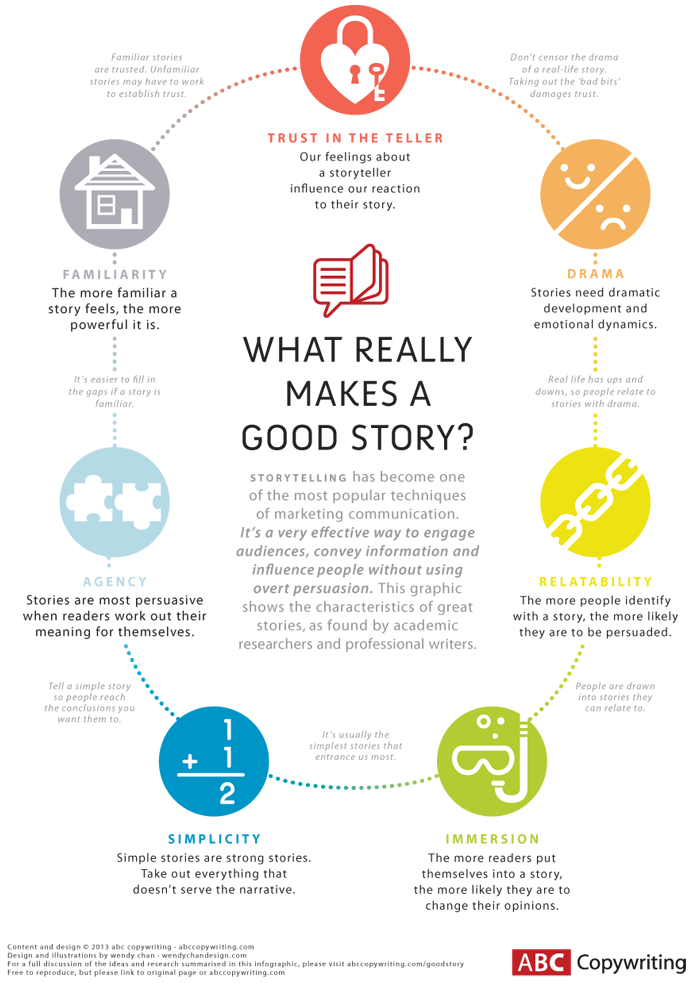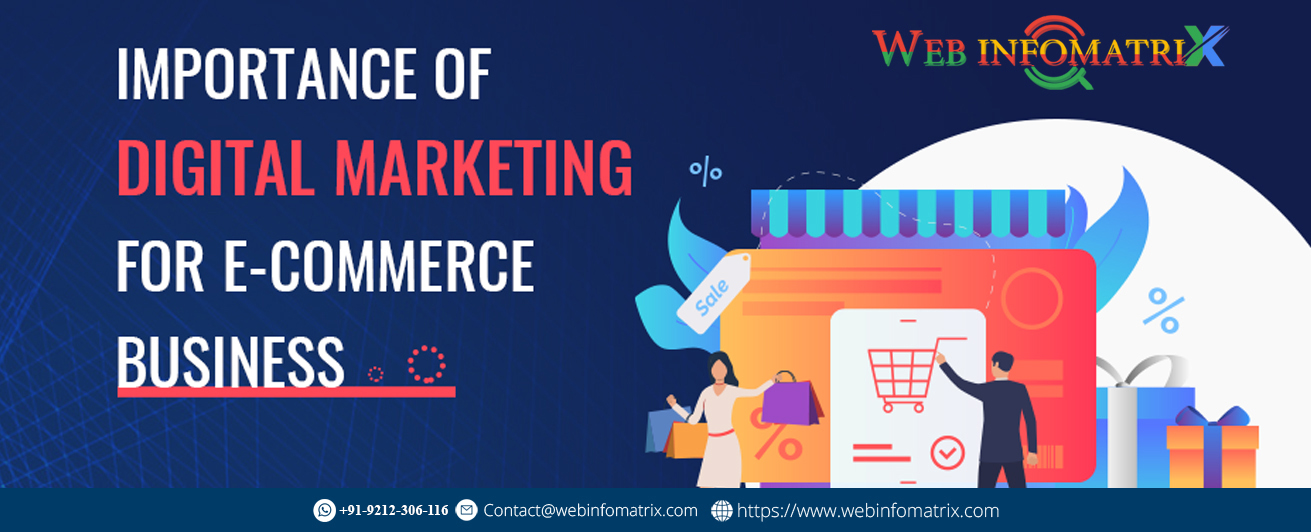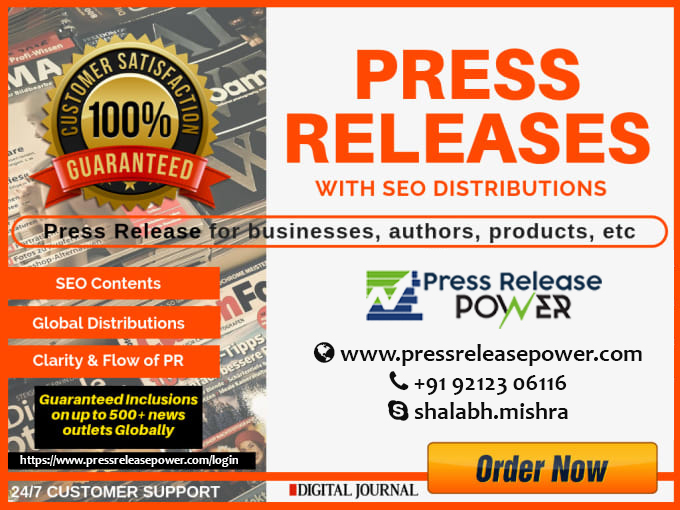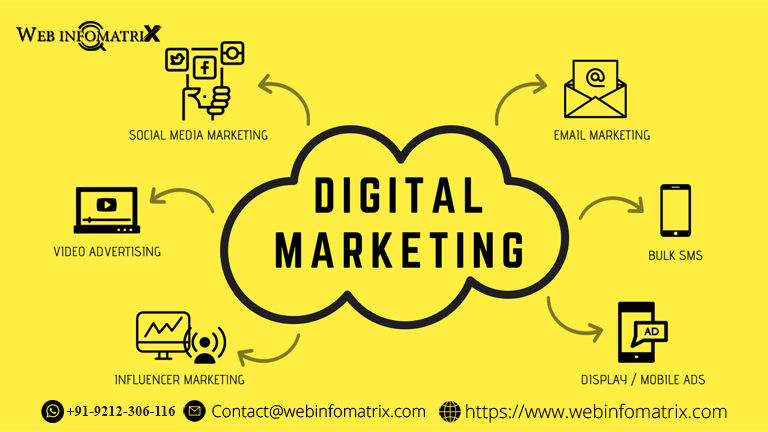To provide a clearer understanding of how storytelling can be applied effectively in copywriting, let's explore some real-world examples across different industries:
E-commerce
Case Study: Warby Parker
Warby Parker, an online eyewear retailer, uses storytelling to enhance its brand narrative. Their "Home Try-On" program is a key example. The company shares stories of customers who have enjoyed the convenience of trying on glasses at home before making a purchase. These stories highlight the ease and personal touch of the service, creating a strong emotional connection with potential buyers.
How It Works: Warby Parker’s storytelling approach not only focuses on the customer experience but also integrates social responsibility by mentioning their "Buy a Pair, Give a Pair" program. This narrative showcases their commitment to providing eyewear to those in need, thereby reinforcing their brand values and engaging customers who are passionate about social impact.
Technology
Case Study: Apple
Apple excels in storytelling through its product launches and advertisements. The company’s commercials often center around the transformative impact of its products on users' lives. For instance, an Apple ad might showcase how the iPhone helps users capture special moments, stay connected with loved ones, or enhance their productivity.
How It Works: Apple’s storytelling approach effectively highlights the benefits of its products by focusing on real-life applications and emotional connections rather than just technical specifications. This method makes their products more relatable and desirable to a broad audience.
Non-Profit Organizations
Case Study: Charity: Water
Charity: Water, a non-profit organization focused on providing clean water to communities in need, uses storytelling to highlight the impact of its work. Their website features stories of individuals and communities who have benefited from their projects. These stories are accompanied by compelling visuals and personal testimonies, making the cause more tangible and urgent.
How It Works: By sharing these powerful stories, Charity: Water creates a strong emotional appeal that motivates donors to contribute. The narrative approach helps potential supporters understand the real-world impact of their donations, increasing the likelihood of engagement and giving.
How to Implement Storytelling in Your Copywriting Strategy
To effectively implement storytelling in your copywriting strategy, follow these steps:
Define Your Objectives
Before crafting a story, clarify your objectives. Are you aiming to build brand awareness, drive sales, or increase engagement? Your storytelling approach should align with your goals and support your overall marketing strategy.
Identify Your Audience
Understanding your audience is crucial for effective storytelling. Research their preferences, pain points, and interests to create a narrative that resonates with them. Consider conducting surveys or analyzing customer data to gain insights into what appeals to your target demographic.
Craft a Compelling Narrative
Develop a narrative that captures attention and communicates your message clearly. Use elements like a relatable protagonist, a challenge or conflict, and a resolution to create a compelling story. Ensure that the narrative aligns with your brand voice and supports your key messages.
Use Engaging Formats
Storytelling can be presented in various formats, including blog posts, videos, social media content, and more. Choose the format that best suits your audience and message. For example, a video might be more effective for showcasing a product’s features, while a blog post could provide a more in-depth narrative.
Incorporate Visuals and Multimedia
Visuals and multimedia can enhance your storytelling by adding context and emotion. Consider using images, videos, infographics, or interactive elements to complement your narrative and make it more engaging.
Measure and Optimize
After implementing storytelling in your copywriting, monitor its effectiveness. Analyze metrics such as engagement rates, conversion rates, and feedback to assess the impact of your narrative. Use this data to refine your approach and optimize future storytelling efforts.
Storytelling is a powerful tool in copywriting that can significantly enhance your content's effectiveness. By understanding when and how to use storytelling, you can create engaging, memorable narratives that resonate with your audience and drive your marketing goals. Whether you’re building brand identity, running awareness campaigns, or crafting engaging content, the strategic use of storytelling can elevate your copy and foster deeper connections with your audience.
FAQ: Storytelling in Copywriting
1. What is storytelling in copywriting?
Storytelling in copywriting involves crafting narratives to engage and persuade readers. It leverages the structure of a story—characters, conflict, and resolution—to communicate messages in a compelling and memorable way. This technique helps create an emotional connection between the brand and the audience.
2. When should I use storytelling in my copywriting?
Storytelling is effective when you want to:
- Build brand identity and loyalty by sharing your brand’s journey or values.
- Create compelling content for awareness campaigns to highlight the impact of a cause or product.
- Engage and retain audiences in long-form content, such as blogs or eBooks.
- Enhance email marketing campaigns with personal stories or customer testimonials.
3. Are there situations where storytelling should be avoided?
Yes, storytelling should be avoided or used cautiously in situations such as:
- When you need to focus on immediate, clear calls-to-action that require direct language.
- When communicating technical or highly specific information where clarity and precision are critical.
- When your audience prefers straightforward, no-frills information rather than a narrative.
- When the brand voice or message does not align with a storytelling approach.
4. How can I make storytelling effective in my copywriting?
To make storytelling effective, follow these tips:
- Know Your Audience: Tailor the story to resonate with their interests and values.
- Keep It Relevant: Ensure the story enhances and supports the main message.
- Be Authentic: Use genuine stories and avoid exaggeration to build trust.
- Create a Strong Narrative Structure: Follow a clear structure with a beginning, middle, and end.
- Integrate Storytelling with Visuals: Use visuals to complement and enhance the narrative.
5. What are some examples of effective storytelling in copywriting?
Examples include:
- Warby Parker: Using customer stories to highlight the benefits of their Home Try-On program.
- Apple: Showcasing how their products improve users’ lives through compelling advertisements.
- Charity: Water: Sharing personal stories of individuals impacted by their clean water projects to drive donations.
6. Can storytelling be used in all types of copywriting?
While storytelling can be highly effective, it’s not suitable for every type of copywriting. It works best when you need to build emotional connections or explain complex information in an engaging way. For straightforward, action-oriented content or highly technical information, direct language might be more appropriate.
7. How do I measure the effectiveness of storytelling in my copywriting?
Measure the effectiveness by analyzing metrics such as:
- Engagement Rates: Look at how well your audience interacts with the content.
- Conversion Rates: Track how storytelling influences actions like purchases or sign-ups.
- Feedback: Gather qualitative feedback from your audience to assess their response to the storytelling approach.
8. What are some common pitfalls in storytelling for copywriting?
Common pitfalls include:
- Lack of Relevance: Using stories that do not align with the main message or audience interests.
- Overcomplicating the Narrative: Creating a story that is too complex or distracts from the core message.
- Inconsistency: Using storytelling that does not align with your brand voice or messaging.
9. How can I improve my storytelling skills in copywriting?
To improve your storytelling skills:
- Study Successful Examples: Analyze how successful brands use storytelling and adapt their techniques.
- Practice Regularly: Write and review stories frequently to refine your skills.
- Seek Feedback: Get input from peers or mentors to improve your narrative techniques.
- Learn from Others: Attend workshops or read books on storytelling and copywriting to gain new insights.
Get in Touch
Website – https://www.webinfomatrix.com
Mobile - +91 9212306116
Whatsapp – https://call.whatsapp.com/voice/9rqVJyqSNMhpdFkKPZGYKj
Skype – shalabh.mishra
Telegram – shalabhmishra
Email - info@webinfomatrix.com























